When do I use @see when dealing with JavaDocs? What is its usage?
For example if MethodA calls MethodB then do I have to put @see in MethodB's javadoc and reference MethodA because that is what called it, or do I have to put a reference to MethodB from MethodA because it's calling it. I've read the stuff about @see on the Oracle website and it seems to me to be incredibly vague, it says it means "see also" but not really what that means!

